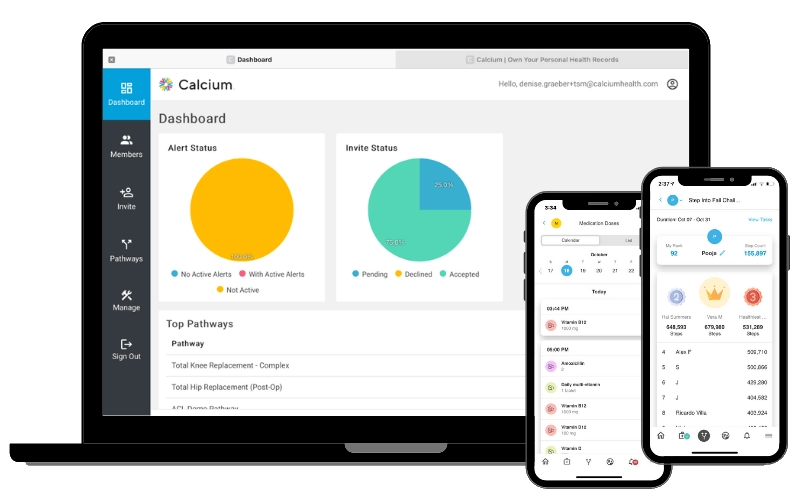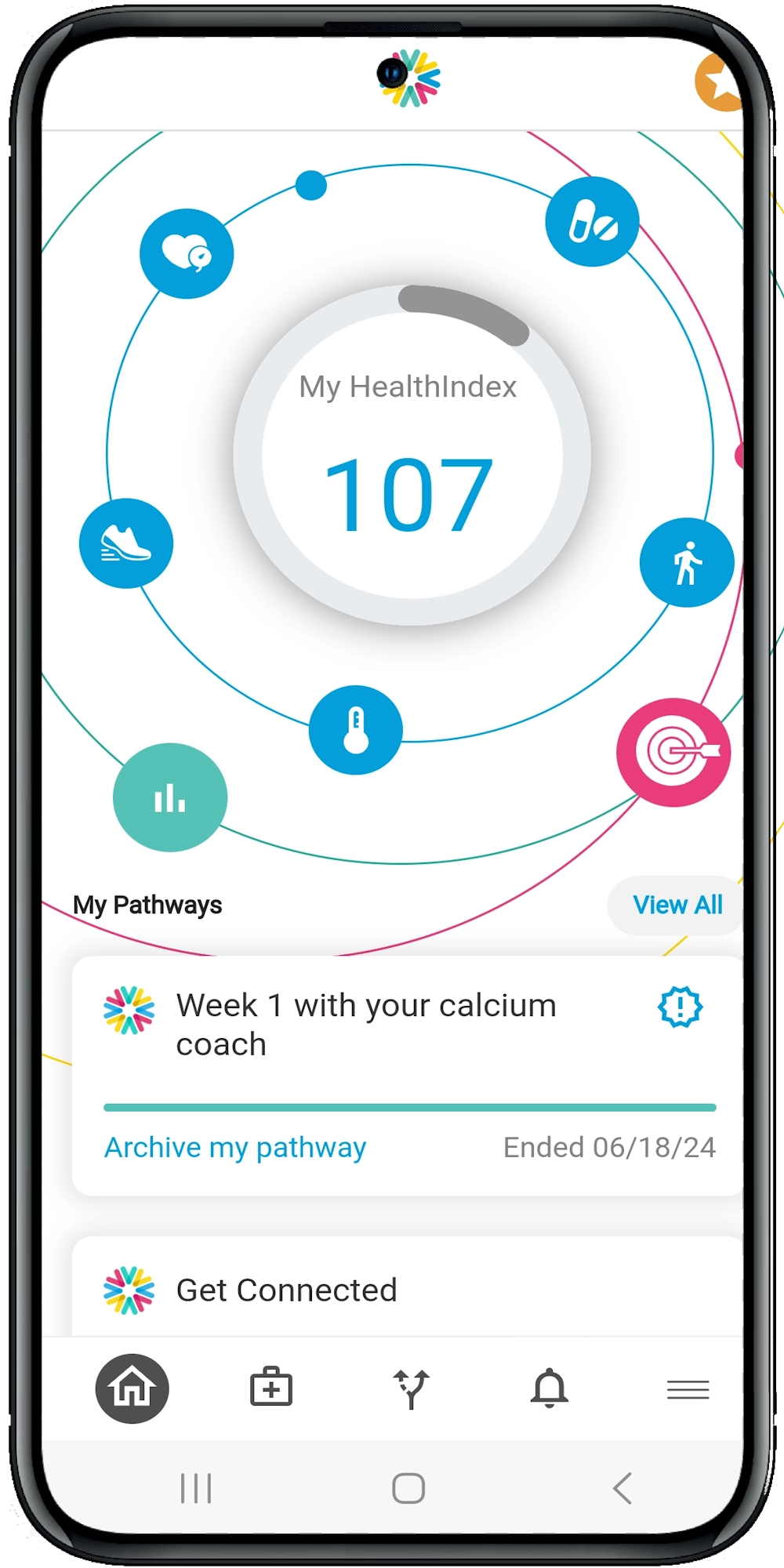Remote Health Monitoring for Thyroid Disorder Patients
Understanding Thyroid Disorders
Before diving into remote health monitoring, let’s briefly touch on thyroid disorders. The thyroid gland, a butterfly-shaped organ located in the neck, plays a pivotal role in regulating metabolism, energy levels, and overall hormonal balance. Common thyroid disorders include:
- Hypothyroidism: When the thyroid gland doesn’t produce enough thyroid hormone.
- Hyperthyroidism: When the thyroid gland produces too much thyroid hormone.
- Hashimoto’s Thyroiditis: An autoimmune disorder leading to hypothyroidism.
- Graves’ Disease: An autoimmune disorder causing hyperthyroidism.
Each condition presents unique challenges, requiring precise and ongoing management. That’s where remote health monitoring steps in.
The Role of Remote Health Monitoring
Imagine having a virtual assistant that keeps tabs on your patients’ thyroid health 24/7. Remote health monitoring does just that. By leveraging digital tools and strategies, healthcare providers can monitor patients’ conditions in real-time, ensuring timely interventions and personalized care.
Benefits of Remote Health Monitoring
- Continuous Monitoring: Unlike traditional check-ups, remote monitoring provides continuous data, capturing fluctuations in thyroid levels that might otherwise go unnoticed.
- Timely Interventions: Early detection of anomalies allows for prompt adjustments in treatment plans, reducing the risk of complications.
- Patient Engagement: Patients become active participants in their care, leading to better adherence to treatment plans and lifestyle modifications.
- Data-Driven Decisions: Real-time data enables healthcare providers to make informed decisions, optimizing patient outcomes.
Tools and Technologies
Remote health monitoring harnesses a variety of tools and technologies, each playing a crucial role in thyroid disorder management.
Wearable Devices
Wearable devices, such as smartwatches and fitness trackers, can monitor vital signs like heart rate, which is often affected by thyroid disorders. These devices provide continuous data, alerting healthcare providers to potential issues.
Mobile Apps
Mobile apps designed for thyroid management can track symptoms, medication adherence, and lifestyle factors. These apps often include features like reminders for medication and appointments, educational resources, and direct communication channels with healthcare providers.
Telehealth Platforms
Telehealth platforms facilitate virtual consultations, allowing patients to discuss their symptoms, treatment progress, and concerns without the need for in-person visits. This is particularly beneficial for patients with mobility issues or those living in remote areas.
Cloud-Based Data Repositories
Cloud-based systems store patient data securely, ensuring easy access for healthcare providers. These systems integrate data from various sources, providing a comprehensive view of the patient’s health.
Implementing Remote Health Monitoring in Thyroid Care
Implementing remote health monitoring requires a strategic approach. Here are some steps to get started:
1. Assess Patient Needs
Identify which patients would benefit most from remote monitoring. Consider factors such as disease severity, history of complications, and patient willingness to engage with digital tools.
2. Choose the Right Tools
Select tools that align with your patients’ needs and your practice’s capabilities. Ensure the devices and platforms you choose are user-friendly and compatible with your existing systems.
3. Educate Patients
Educate patients on the benefits of remote monitoring and how to use the tools effectively. Provide clear instructions and ongoing support to address any technical issues or concerns.
4. Integrate with Existing Systems
Ensure seamless integration of remote monitoring tools with your electronic health records (EHR) system. This will streamline data flow and enhance the efficiency of your practice.
5. Monitor and Adjust
Regularly review the data collected through remote monitoring. Adjust treatment plans as needed based on real-time insights. Engage with patients to discuss their progress and address any concerns.
Challenges and Considerations
While remote health monitoring offers numerous benefits, it’s essential to be aware of potential challenges:
- Data Privacy: Ensure that patient data is stored and transmitted securely to comply with HIPAA regulations.
- Technical Issues: Be prepared to address technical glitches and provide support to patients who may not be tech-savvy.
- Patient Compliance: Encourage consistent use of monitoring tools through education and regular follow-ups.
Summary and Suggestions
Remote health monitoring is more than a technological advancement—it’s a beacon of hope for patients with thyroid disorders. By embracing these tools, healthcare providers can offer more personalized, proactive, and effective care. Ready to revolutionize your thyroid disorder management? Explore our website for more resources or schedule a demo to learn about our cutting-edge digital health platform and solutions.





